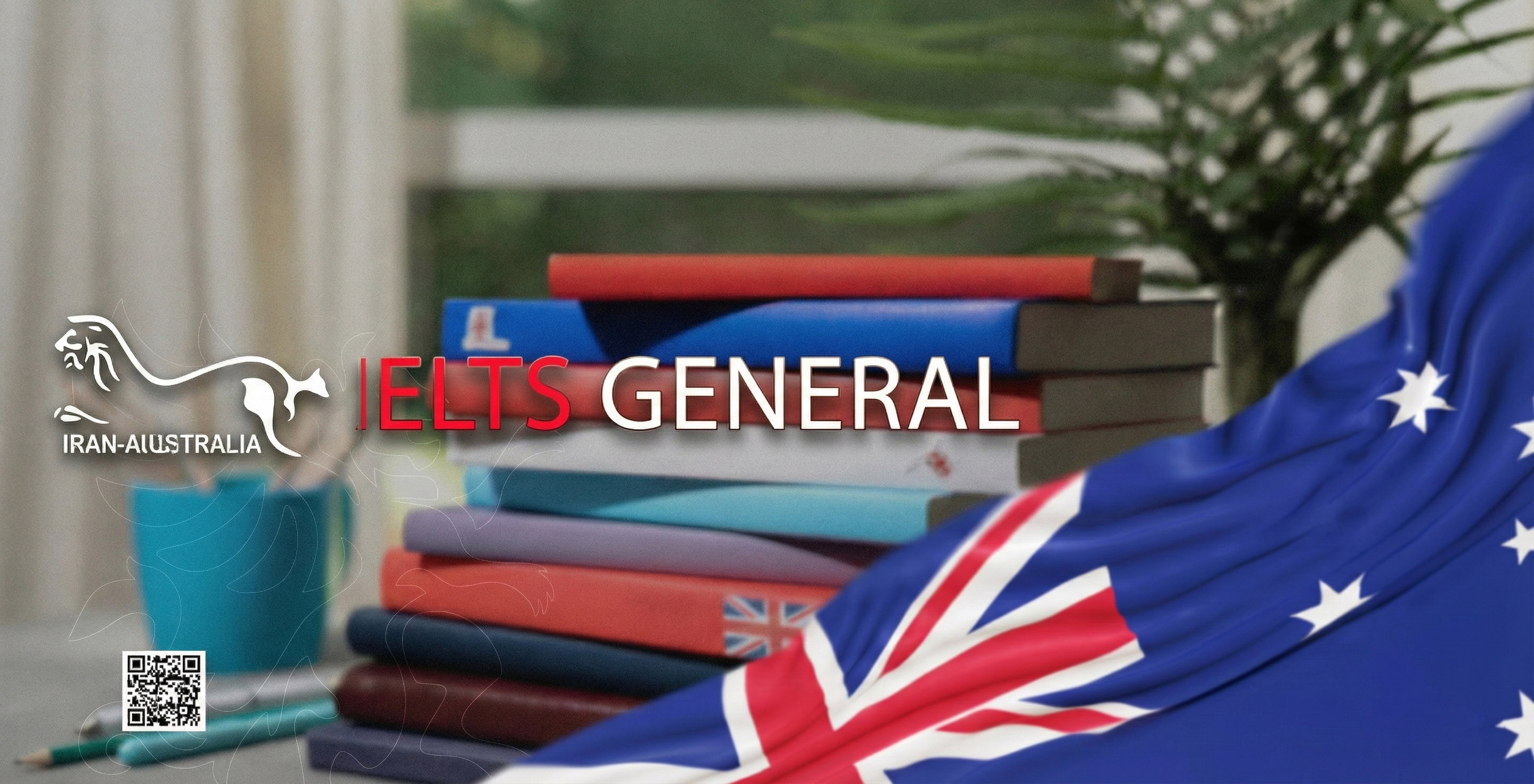IELTS General Training Test: Format, Differences, Scoring & Preparation Tips

Learn everything about the IELTS General Training test – the preferred option for immigration, job applications, and non-academic pathways in English-speaking countries. Discover differences from IELTS Academic, test structure, and how to prepare smart.
What Is the IELTS General Training Test? Key Differences, Structure, Resources & Real-World Applications
IELTS General Training is a specific version of the IELTS test designed for individuals seeking immigration, employment, or entry into non-academic programs in English-speaking countries. Unlike the IELTS Academic test, which focuses on academic texts and writing tasks, IELTS General evaluates your ability to use English in everyday situations, workplace communication, and social interactions.
This version is recognized by immigration authorities in Canada, Australia, New Zealand, and the UK and is essential for those who plan to settle or work abroad. A clear understanding of the test allows applicants to prepare with purpose and structure their migration journey effectively.
Both versions test the four skills: Listening, Reading, Writing, and Speaking. However, the content differs. IELTS General Reading uses everyday materials like brochures, instructions, and workplace emails. In contrast, Academics focus on scientific and university-level texts.
In the Writing section, Task 1 of IELTS General requires writing a letter (formal or informal), while Academic asks for a report based on a chart or diagram. Task 2 in both tests involves an essay, but Academic demands a more formal tone and complex argumentation.
Many learners overlook these subtle yet critical distinctions. For example, IELTS General Speaking focuses on topics related to daily life, such as work, housing, or social events. Academic candidates face deeper, research-related discussions. Choosing the wrong preparation path can result in lower scores and wasted time.
The IELTS General Training test includes four parts:
The format is standardized globally, ensuring consistency in scoring and test experience.
This test is ideal for individuals applying for immigration pathways like Canada’s Express Entry, Australia’s Skilled Migration, or the UK's permanent residency. It's also useful for those seeking employment in English-speaking countries where academic English is not required.
Because IELTS General focuses on functional English and real-world communication, it's a strategic choice for non-academic goals. Many employers, licensing bodies, and migration agencies use IELTS General results to assess communication ability.
Scores range from 0 to 9. Each skill is scored individually and averaged into an Overall Band Score. Required scores vary depending on the visa or program. For example:
To achieve these scores, candidates need familiarity with the test format, reliable practice materials, and experience with mock IELTS exams.
Using these tools consistently with personalized study plans improves performance significantly.
Selecting between IELTS Academic and IELTS General Training is the first step to a successful outcome. General training suits migration, employment, or non-academic certification, while academic training targets university admission and academic careers.
Understanding the right path helps you avoid wasting time on irrelevant materials. Prepare with purpose, know your test, and get the score you need to succeed.
Iran-Australia Language School offers customized courses for IELTS General Training, including mock exams, feedback sessions, and expert guidance. You can get the support you need to reach Band 7 or higher.
IELTS General vs IELTS Academic: Similar Format, Different Focus
Understanding the IELTS General Structure
Who Should Take IELTS General Training?
IELTS Band Score in General Training
Best Resources for IELTS General Preparation
Why Choosing the Right IELTS Version Matters
Would you be ready to start?






